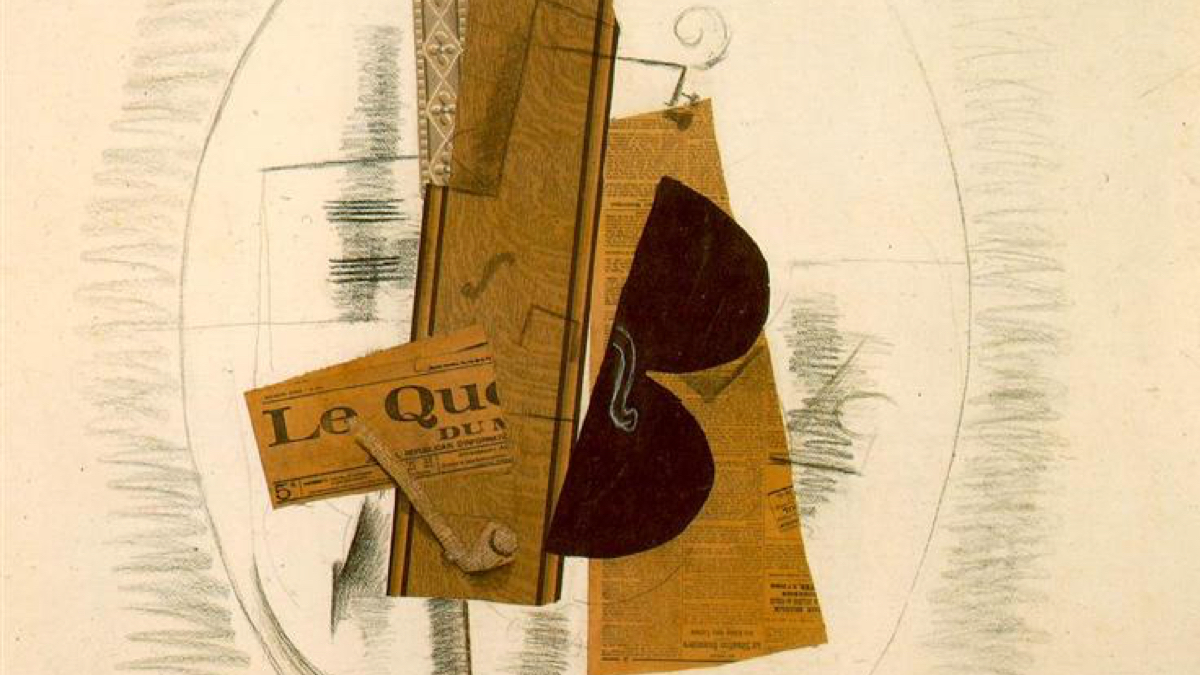
10 Things to know about Piet Mondrian
Key dates in Mondrian’s life
- 1872: He is born in Amersfoort, the Netherlands
- 1886: He starts studying to become a drawing teacher
- 1892: He moves to Amsterdam and starts his study at the Rijksacademie
- 1898: He is rejected from the Dutch Prix de Rome
- 1904-1905: He moves to the province of Brabant and paints many landscapes
- 1912: He moves to Paris and adopts the name Piet Mondrian
- 1914: He visits the Netherlands and cannot leave after the First World War breaks out
- 1917: He co-founds the magazine De Stijl
- 1919: He returns to Paris
- 1928: Two of his works are shown in the Venice Biennale
- 1938: He leaves Paris for London due to the threat of the Second World War
- 1940: Mondrian leaves for New York after Paris is taken over by the Germans
- 1944: He dies aged 71

Dutch painter and pictorial abstraction visionary, Piet Mondrian, was responsible for one of the most important art movements in the 20th century. Mondrian single-handedly founded Neoplasticism, concocting a way to represent form that was completely divorced from reality. Modern art, as we know it, would arguably not exist without Mondrian’s contribution. Therefore, in honour of this revolutionary theorist, Artsper brings you ten facts about the father of abstract art.
1. His name is an Anagram

Mondrian has experimented with his name almost as much as his artistic style. Like his forms, Mondrian reduced his name from Pieter Cornelius Mondriaan to Mondrian, distancing himself from his Dutch roots. Although still occasionally referred to as “Mondriaan,” the artist officially dropped the second “a” from his name in 1911, rendering it a very appropriate anagram; “I Paint Modern.”
2. Mondrian’s Art was a spiritual pursuit
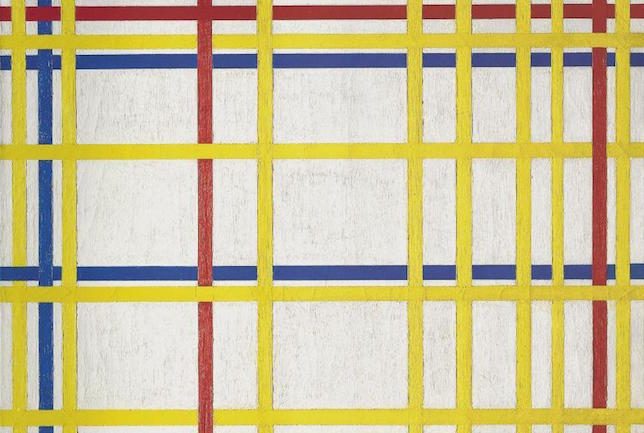
A member of the Dutch Theosophical Society, Mondrian’s artistic technique was defined by Theosophical doctrine. Mondrian believed that spirituality could be accessed through creation and art, especially if forms were reduced to their most basic elements. Basic compositions and shapes, in their purest form, reveal the fundamental and opposing forces of the universe: masculine and feminine, positive and negative and dynamic and static, black and white. This hunger for mysticism allowed him to not only explore these forces, but balance them; creating his very own utopia of modern reality.
3. He founded Neoplasticism
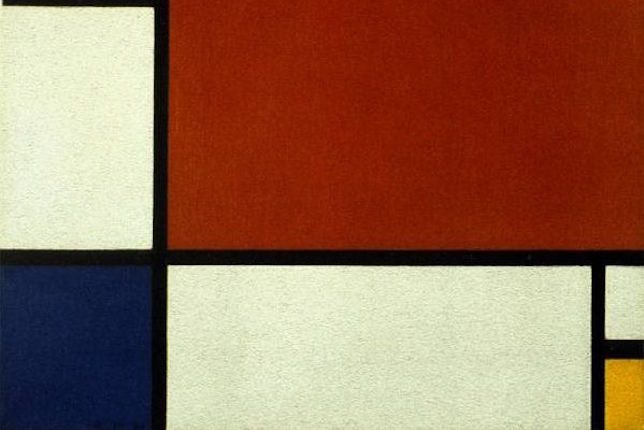
“As a pure representation of the human mind, art will express itself in an aesthetically purified, that is to say, abstract form…this new plastic idea will ignore the particulars of appearance, that is to say, natural form and colour.” Alongside Theo Van Doesburg, Mondrian founded the De Stijl magazine. Translating to “The Style,” De Stijl was synonymous with Neoplasticism, a movement that also referred to architects who utilised primary colours, basic forms, shape and composition to test the boundaries of abstract art. The movement sought to reject practices of the past, through the distillation of shapes into their purest forms.
4. Mondrian never used a ruler to draw lines
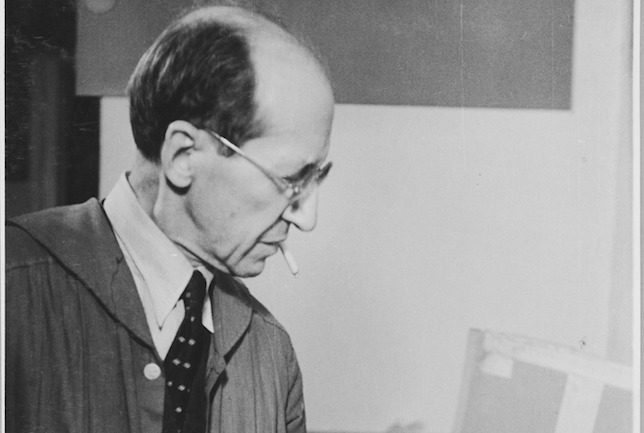
Modern Art Archives, New York
Despite the simplistic nature of his works, they would take several months to complete. The straight line was one of Mondrian’s most important pictorial devices, as he claimed it facilitates the human ability to understand complicated experiences. Straight lines bring a sense of order and expression to humanity, where the sharpness of the line’s edge has a more profound impact on the overall work.
5. Mondrian’s Paintings were in Hitler’s “Degenerate Art Exhibition”
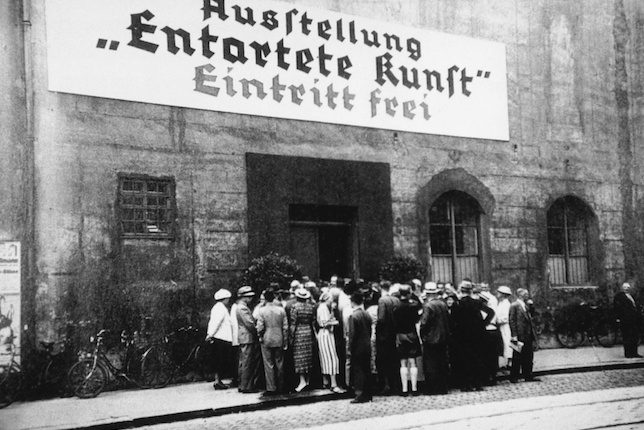
The “Entartete Kunst” exhibition held 650 artworks that had been confiscated from museums across Germany due to their critique of the Nazi regime. Artworks an paintings which undermined religion, were created by Jewish artists, or criticised Germany’s soldiers or women were added to the collection. A counter-exhibition was organised, called the “Große Deutsche Kunstausstellung” (Great German Art Exhibition), and only saw half the number of visitors as the Degenerate Art Exhibition.
6. His works inspired fashion and music

In 1965, French fashion designer, Yves Saint Laurent, unveiled the Mondrian Collection; six cocktail dresses embracing the artist’s colour blocking style. Like a walking work of art, Mondrian’s designs paraded down the catwalk, emphasising the versatility of his paintings. American rock band, White Stripes, were also deeply influenced by the artist’s works, and named their second studio album “De Stijl.”
7. He survived the Spanish Flu
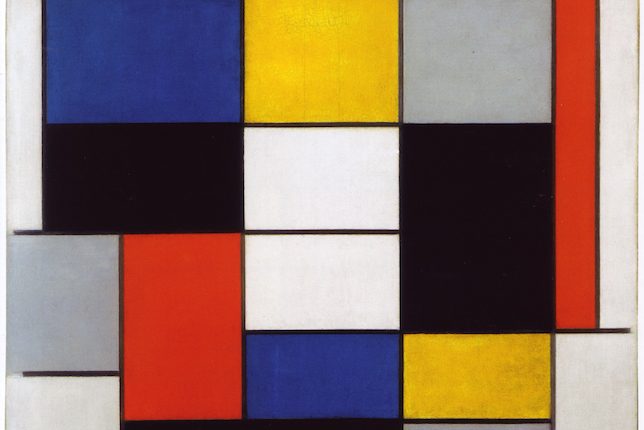
An epidemic that killed millions, Mondrian contracted the deadly flu in 1918. The symptoms of the disease continued for months, confining Mondrian to his studio, where he found solace in painting and art.
8. He loved to Boogie Woogie

During his time in the United States, Mondrian discovered a passion for the Charleston; the dance movement that shaped 1920s America. However, the movement was met with heavy criticism, and a ban on the dance was threatened. Audacious, sexual and bold, the Charleston, like Mondrian’s art, rejected the cultural canon and embraced an unrestrained exploration of the arts.
9. He contributed to Nobel-Prize-Winning Science

Mondrian was the assistant to Reindert Pieter van Calcar, a professor at Leiden University in the Netherlands. The research focused on cholera, and Mondrian would draw bacteriological specimens for the laboratory. Between 1901 and 1920, the scientists working on this research were award three Nobel Prizes for their contribution to research.
10. His home is where the art is
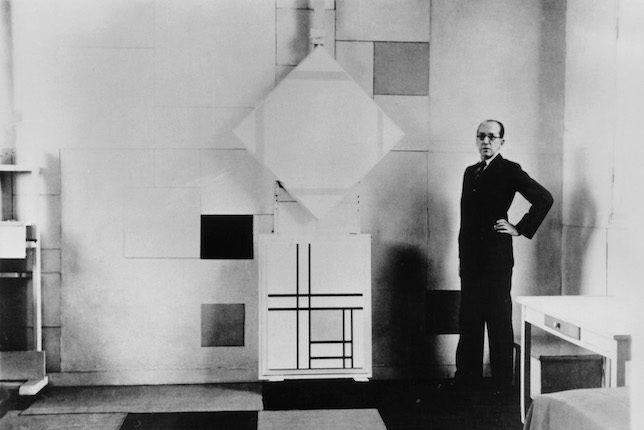
Mondrian’s studio was also his home, a fusion of half-finished artworks and domestic furniture, and he often hosted fellow creatives and intellectuals in his workplace domicile. His apartments in Paris and London were wholly dedicated to his art, where he painted his walls white with sporadic red plains, rendering his home a fully-immersive, three-dimensional De Stijl artwork.
Key Mondrian exhibitions
- 1893: His first exhibition, Utrecht
- 1909: Large group exhibition at Stedelijk Museum, Amsterdam where Mondrian displayed his Luminist works
- 1910: St. Lucas Exhibition, Amsterdam
- 1913: Exhibition at the Salon des indépendants, Paris
- 1917: Exhibition at the Rijksmuseum Kröller-Müller, the Netherlands

About Artsper
Founded in 2013, Artsper is an online marketplace for contemporary art. Partnering with 1,800 professional art galleries around the world, it makes discovering and acquiring art accessible to all.
Learn more











